Flame Ionization Detector Is Used for Measuring Which Gas
Other detector types include the flame photometric detector FPD photoionization detector PID nitrogenphosphorus detector NPD and electron capture. 17 are common detection techniques used for gas chromatographic GC systems in.

Gas Chromatography A Introduction Gas Chromatography Gc Is
Flame Ionization Detector FID Principle.

. 24 rows measuring methane non-methane and total hydrocarbons. The device is a sensitive detector for hydrocarbons but it destroys samples so afterwards they can no longer be used for further analysis unlike the non-destructive PIDs. This method describes the use of a hot flame ionization detector FID based instrument equipped with a catalytic methane cutter in conjunction with US.
Flame ionization detectors are based on the. Standalone FIDs can also be used in applications such as landfil. Its application area is quite wide.
Several different detector designs exist for process gas chromatographs. Flame Ionization Detection FID Analyzers. The composition of kerosines is of great importance for energy conversion.
Flame Ionization Detector - FID sensing measures hydrocarbons down to ultra-trace levels. The two most common are the flame ionization detector FID and the thermal conductivity detector TCD. Each detector requires gas called the detector gas based on its principle of detection.
A flame ionization detector FID is a scientific instrument that measures analytes in a gas stream. The detectors that can be used with Shimadzu gas chromatographs are shown below. It is frequently used as a detector in gas chromatography.
17332 Flame ionization detector. The purpose of a FID is to detect compounds as they exit the gas chromatography column. General-purpose detectors can analyze a wide range of compounds of which the flame ionization detector FID is the most common because it can analyze almost all organic compounds.
EPA Test Method 25A to provide real-time differential measurement of total hydrocarbons methane and by difference non-methane hydrocarbons. An FID is larger and heavier than a PID and it uses a hydrogen-air flame to ionize a sample gas and determine its concentration. Flame Ionization Detector Method of.
Request a quote on our wide array of PIDFID rental equipment to monitor and analyze air quality. The flame ionization detector FID is the most sensitive gas chromatographic detector for hydrocarbons such as butane or hexane. Photo Ionization Detectors PID measure volatile organic compounds and other gases in large concentrations and Flame Ionization Detectors FID measure analyte in a gas stream and are frequently used in gas chromatography.
CAI FID analyzers rely on the Flame Ionization Detection principle to measure the total concentration of hydrocarbons in a gas sample. Below is a chart of the typical types of Gas Chromatography Detectors and their uses taken from Principles of. The Flame Ionization Detector General Information The flame ionization detector passes sample and carrier gas from the column through a hydrogen-air flame.
Analysis using a capillary column can also require a makeup gas added just before the detector to act as an auxiliary gas and ensure the detector receives a rapid supply of compounds. Shut off all detector gases Turn off FID flame Cool detector Connect adapter to detector by inserting into FID as far as possible Turn on one detector flow at a time allowing the gas to equilibrate in the flowmeter tubing before taking a measurement DE6789930556. To summarize the flame ionization detector FID is one of the most used detectors for gas chromatography.
The hydrogen-air flame alone creates few ions but when an organic compound is burned there is an increase in ions produced. The first flame ionization detector was developed in 1957 in Australia. The Flame Ionization Detector FID is one of the many methods by which to analyze materials coming off of gas chromatography column.
These detectors are best at detecting organic compounds. FID instruments use a hydrogen-air flame to ionize sample gas and detect its concentration. Context in source publication.
16 and flame ionization Fig. Ionization is achieved when electrons are ejected from VOC molecules in the hot combustion flame. The urinary concentration of some solvents acetone cyclohexane 12 dichloropropane n-hexane methyl ethyl ketone perchloroethylene styrene toluene 111 trichloroethane was measured by means of a gas chromatography Hewlett-Packard 5890 supplied with a flame ionization detector GC-FID DANI HS 3950.
This allows hydrocarbon measurement from 0 to 1 ppm methane CH4 to 0 to 5 methane CH4 with the accuracy of. The electric charge from this results in a current easily measured at the sensor electrodes causing the VOCs in the sample to be completely combusted. With a linear range for 6 or 7 orders of magnitude 10 6 to 10 7 and limits of detection in the low picogram or femtogram range the FID is the most widely and successfully used gas chromatographic detector for volatile hydrocarbons and.
The measurement of ion per unit time make this a mass sensitive instrument. For example gasoline kerosene for aircraft are carefully analyzed with flame ionization detector as a routine control. Based around the detection of ions formed by combustion they are key to the sensitive accurate measurements delivered by our SERVOPRO Chroma FID and HFID.
Flame Ionization Detectors shortened FID is a common type detector used in gas chromatography. Key to these attributes is the detector assembly which utilizes Flame Ionization Detection FID technology. The gas sample becomes ionized in the flame and the electrostatic field causes the charged particles to migrate creating a small current that is measured by the amplifier.
They are broadly divided into general-purpose detectors and selective high-sensitivity detectors. For example the flame ionization detector FID uses a hydrogen flame so it requires hydrogen and air. Flammable hydrocarbon samples can be measured at very low levels with our Flame Ionization Detector FID sensors.
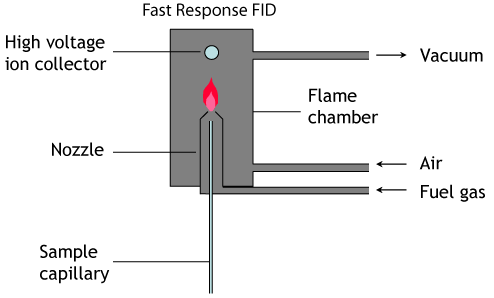
Fast Fid Principles Cambustion
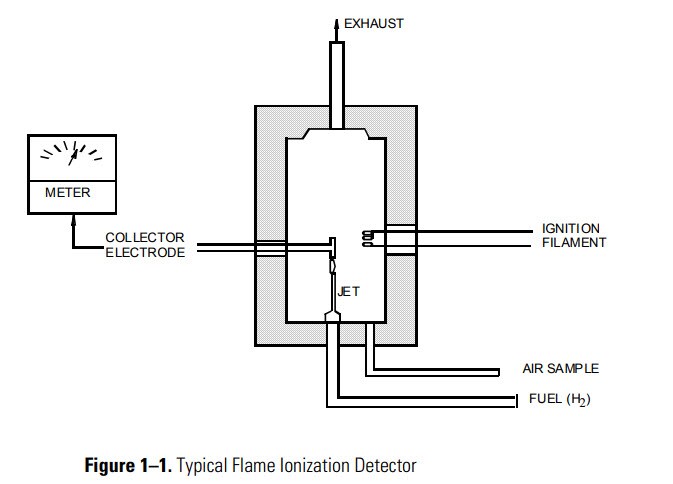
How Does A Flame Ionization Detector Work In Toxic Vapor Analysis Identifying Threats

Flame Ionization Detector Png Images Pngwing

Flame Ionization Detector An Overview Sciencedirect Topics

Flame Ionization An Overview Sciencedirect Topics
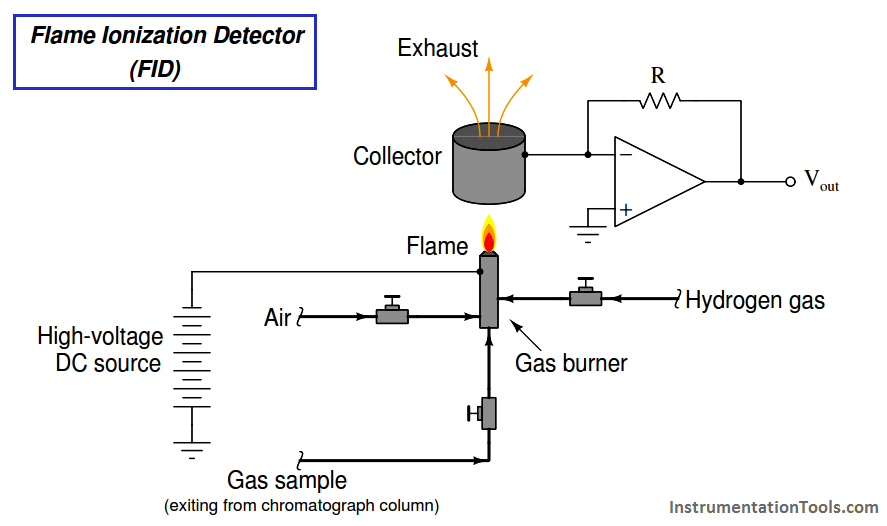
Flame Ionization Detector Fid Principle Inst Tools

Fundamentals Of Gas Chromatography Types Of Detectors Shimadzu
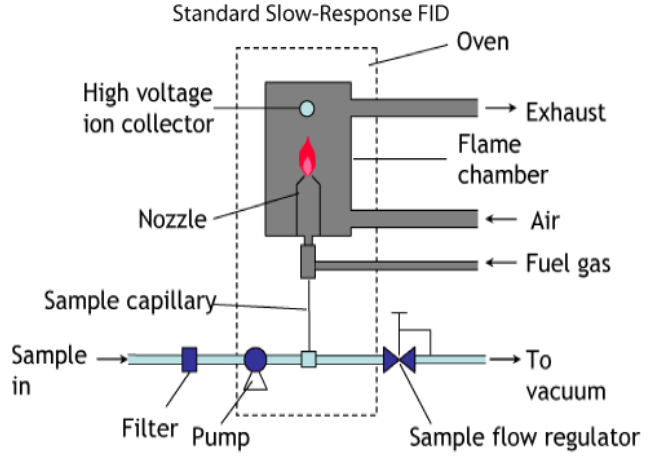
Fast Fid Principles Cambustion

Selecting A Suitable Detector For Gas Chromatographic Analysis

Flame Ionization Detector An Overview Sciencedirect Topics

Fundamentals Of Gas Chromatography Types Of Detectors Shimadzu

Flame Ionization Detector 48 Download Scientific Diagram

Flame Ionization Detector An Overview Sciencedirect Topics

Flame Ionization Detector Fid Sri Instruments Gas Linear Array

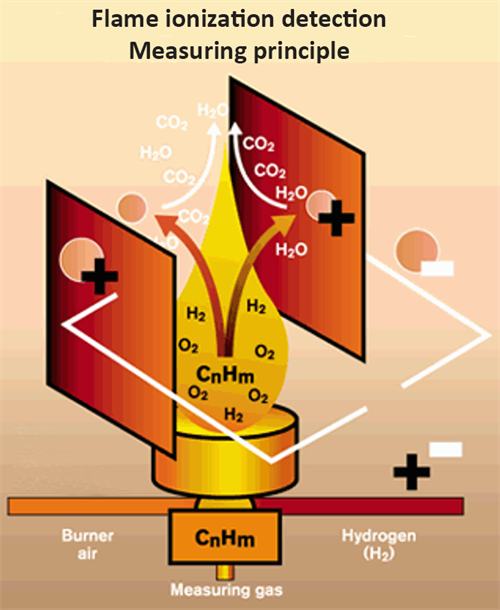
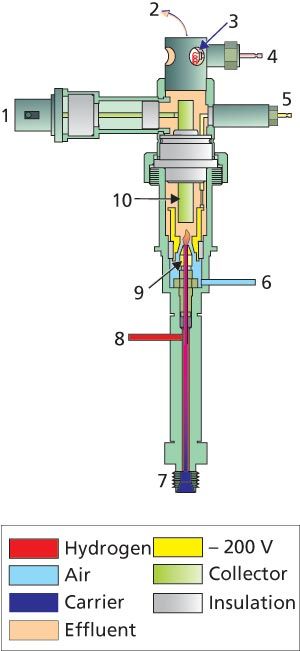

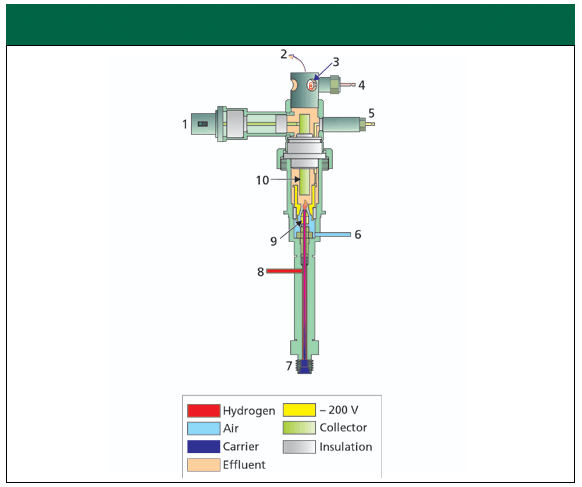
Comments
Post a Comment